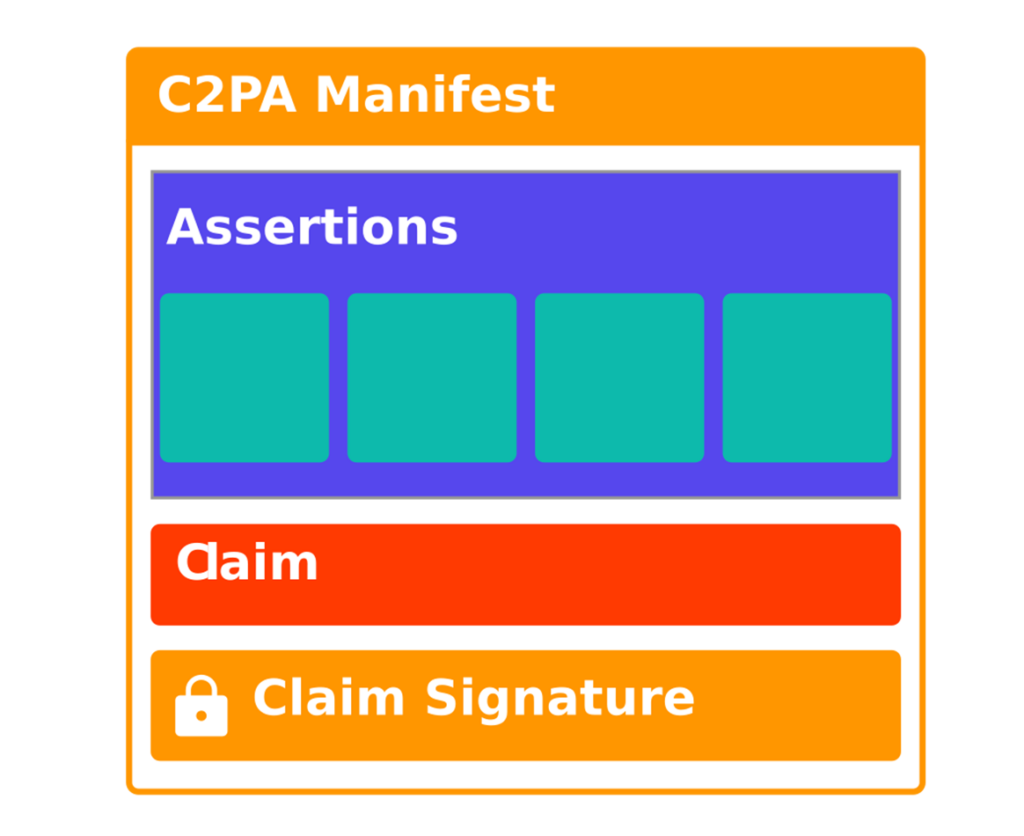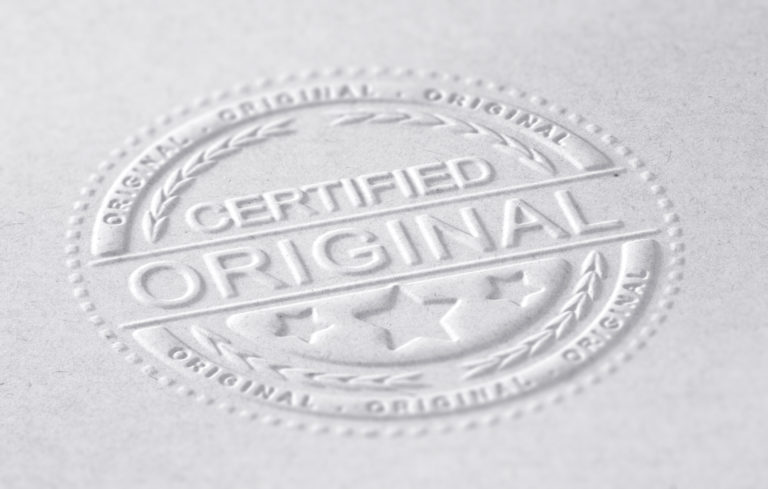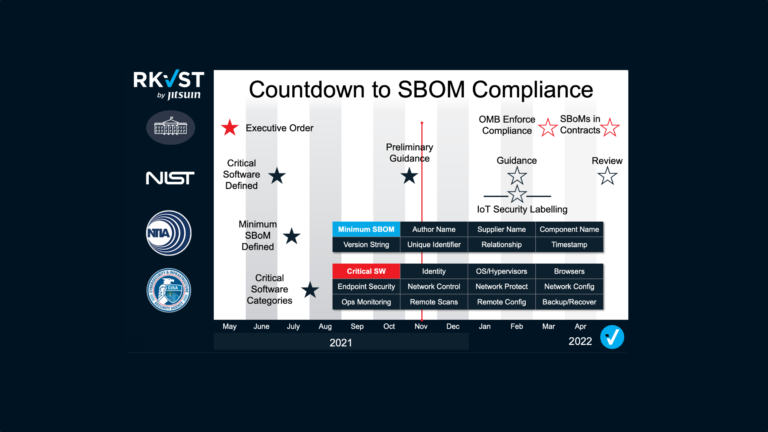Last month, Adobe’s Chief Trust Officer Dana Rao testified to Congress about the importance of content provenance, encouraging Congress to require platforms to maintain proof of origin for content, ensuring that “attributions are not stripped away, and artists can receive credit for their work.” Following Rao’s testimony, Google, Microsoft, Amazon, and other AI leaders met at the White House to voluntarily agree to “ Develop and deploy mechanisms that enable users to understand if audio or visual content is AI-generated, including robust provenance, watermarking, or both, for AI-generated audio or visual content.“ The events mark a step forward following a growing trend of companies limiting, or completely cutting off, their employees from using generative AI until they can figure out how to protect content, detect fraud, and manage the new risks posed by the booming technology.
When it comes to content provenance and authenticity, The Content Authenticity Initiative (CAI) community has created a standard called C2PA. C2PA defines a portable language to describe and track edits made to your digital media using a manifest, which contains content credentials that can be used to verify provenance and authenticity. The standard has already garnered support from Adobe, BBC, Microsoft, Publicis Groupe, Intel, individual creators, and hundreds of other companies.
If you want provenance for your content, you’ll need to generate a manifest using the open-source C2PA command line tool. Once you’ve created a manifest, you can – which can be done either by embedding (certain file types only) or by maintaining an external manifest to go along with the file. This enables the transparent flow of information, ensuring that anyone can see who created content alongside high-level information about its creation.

If you want your external manifest and content to be tracked together, the RKVST platform enables you to store your content and manifest together while maintaining strong provenance and long-term integrity for your content, eliminating chances of loss or separation. I recently shot a video showing how this works, check it out it’s only a minute and a half. Remember also the words of Dana Rao: “…not stripped away…”. Unfortunately, with contemporary file formats and loosely attached manifests, stripping away is a risk. By attesting them in a remote assertion store, discovering, proving, and even reversing tampering of histories becomes possible.
Tracking manifests is important because C2PA is becoming more popular, and it’s at the heart of provenance recommendations being made by the U.S. Government and companies like Microsoft and Adobe. RKVST provides a solution for those who care about digital provenance and don’t want the worry of frauds or malicious fakes. Long-term integrity, provenance, and transparency are needed for digital media, especially as AI makes it easier to generate and disseminate convincing fake content.
Data provenance and transparency enable everyone to decide if data is trustworthy. The C2PA standard provides the lingua franca needed to describe metadata for digital content. C2PA combined with RKVST’s standards-based data integrity and transparency platform provides the long term, immutable attributions to protect digital content that everyone can rely on. All it takes is a free account to upload your content or try out our free Instaproof tool (no account needed) to verify content authenticity instantly.






